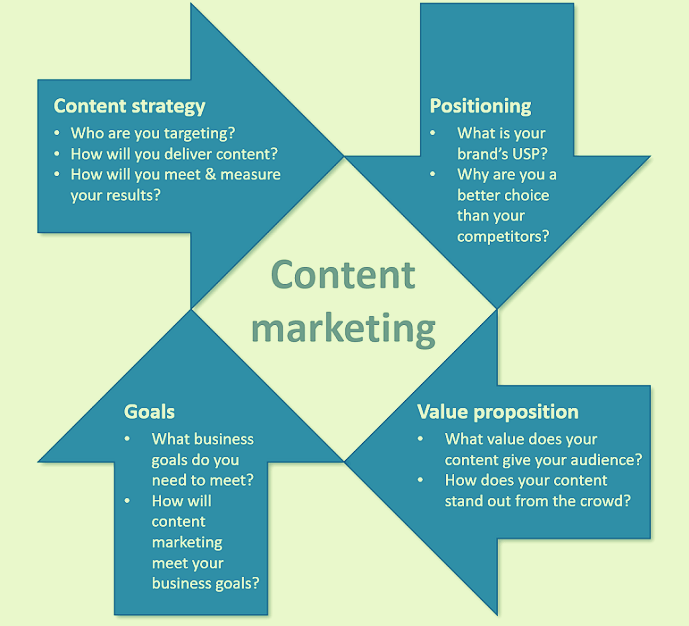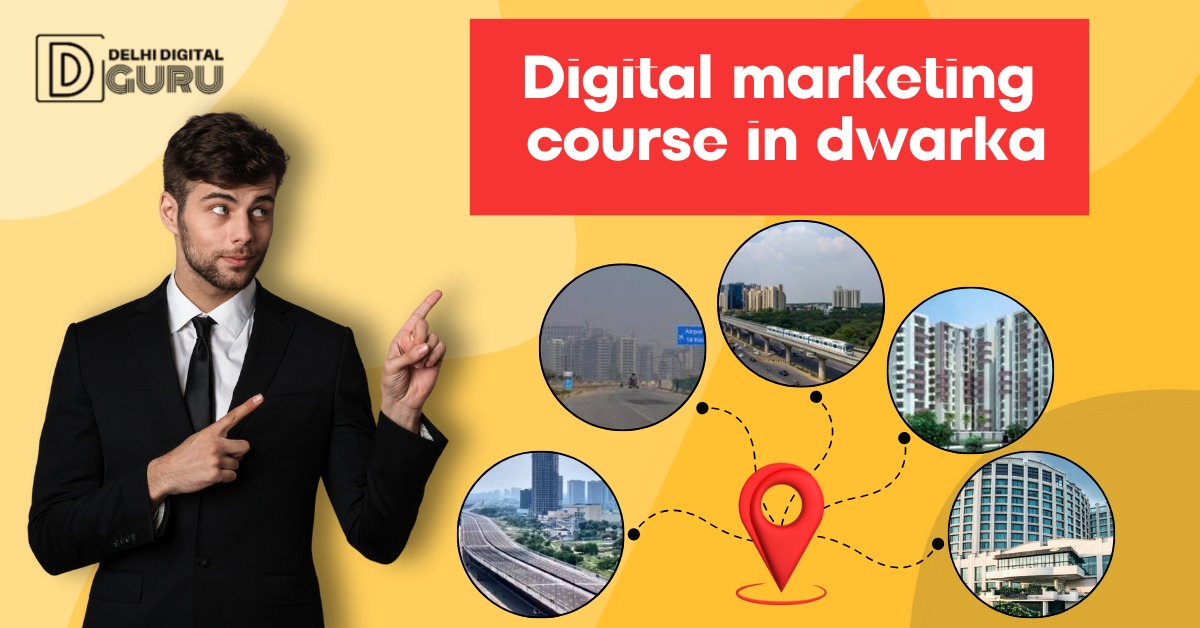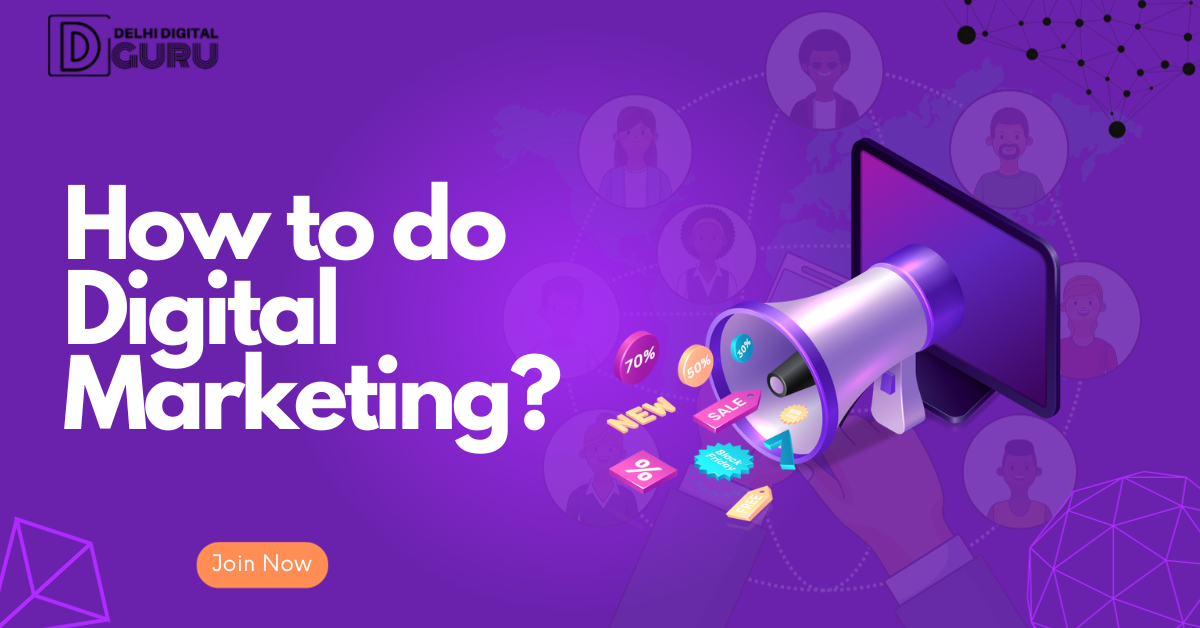An audience can be attracted, engaged with, and kept interested in content by generating and disseminating pertinent articles, films, podcasts, and other media. This strategy increases brand recognition and puts your company at the forefront of customers’ minds when it’s time to make a purchase. In order to increase the success of the tour marketing effort, a content marketing plan should include these seven components. Learn about the various forms of content marketing first:
What is content marketing, and who can be benefited?
Content can be anything from multimedia, it can be images, videos, PPTs, or PDFs. The format can be anything, like reels on Instagram or videos on YouTube, these platforms are only examples. Everything you make in the form of content can be shared on various Internet platforms. This is called content marketing. Content marketing always has a goal to achieve, this means whatever you are sharing must be for some dedicated audience. And the strategy on which you make content to impress your audience can be called a content marketing strategy.
So, the question is who will benefit from content marketing? In most cases, the primary benefit is for the individual or a business that is targeting the audience, based on the intention of sharing the content the audience can benefit (or not, there is no universal answer to it.) but yes, content marketing strategies have their effects.
In content marketing, you must have a plan, a planning calendar that you need to follow strictly to achieve the goal, you must have content ideas, & a list of your audience’s contact.
What Are The Different Types Of Content Marketing?
There are different types of content marketing, including:
- Blogging
- Video
- Podcasting
- Infographics
- Visual content
- Ebooks
- Quizzes/tools
- Webinars
- Social media posts and many more…
BOOK A DEMO CLASS NOW
There are various objectives of content marketing efforts:
- Driving traffic to key landing pages
- Spreading brand awareness
- Building relationships
- Bringing in revenue
- Generating social shares and backlinks
The Seven Elements of a Content Marketing Strategy
An effective Content Marketing strategy must have Seven ore elements to be successful: brand positioning, owned media value proposition, business case, and strategic plan. Let’s see why these elements are essential for Content Marketing and how you can start implementing each of them.
Seven Elements of a successful Content Marketing Strategy
- Building a Distinct Brand Identity
Your brand identity serves as the bedrock of your content strategy. It embodies your brand’s personality, values, and mission. To establish a strong brand identity:
- Craft Brand Guidelines: Develop a style guide detailing your brand voice, color scheme, logos, and typography to maintain consistency.
- Forge Emotional and Visual Connections: Deliberately evoke emotions through your content while utilizing visuals to reinforce your message and capture attention.
- Understanding Your Audience Inside Out
Knowing your audience inside and out is paramount for crafting resonant content. Here’s how to achieve this:
- Develop Comprehensive Customer Profiles: Dive deep into demographics, lifestyle choices, and content preferences.
- Map the Customer Journey: Understand your audience’s decision-making process at each stage to tailor content accordingly.
By intimately understanding your audience, you can tailor content that speaks directly to their needs and interests.
- Setting SMART Content Marketing Goals
Navigating the content marketing realm requires clear, measurable goals aligned with the SMART framework: Specific, Measurable, Achievable, Relevant, and Time-bound. These goals should align with your audience’s needs, ranging from boosting brand awareness to establishing industry authority.
- Optimizing Your Content Production Process
Consistently delivering high-quality content demands an efficient production process:
- Establish Clear Roles: Define roles and responsibilities within your content creation team to foster collaboration and mitigate bottlenecks.
- Allocate Resources Wisely: Ensure optimal utilization of budget, tools, and time for brainstorming and creative endeavors.
- Organize Content Assets: Centralize your content elements for easy access and repurposing.
Streamlining your process empowers you to produce top-tier content efficiently.
- Maintaining a Content Calendar for Consistency
Consistency is the bedrock of audience loyalty. A well-maintained content calendar facilitates planning and adherence to a consistent publishing schedule. Key components include:
- Content Format and Timing: Strategically plan content types and posting schedules across platforms.
- Alignment with Goals: Ensure content aligns with overarching marketing objectives and ongoing campaigns.
- Promotion Strategies: Schedule promotional efforts across various channels for maximum impact.
- Crafting Quality Content Optimized for Marketing
Effective content encompasses three main types:
- Core Content: In-depth pieces that establish expertise, such as ebooks and white papers.
- Promotional Content: Supporting marketing initiatives, like case studies and social media posts.
- Everyday Content: Regular, engaging content like blog posts and social updates.
Optimize content through:
- SEO Practices: Incorporate relevant keywords and structure for enhanced search engine visibility.
- Device Compatibility: Ensure seamless rendering across all devices.
- Social Engagement: Foster audience interaction through questions, discussions, and calls to action.
- Data-Driven Decisions and Continuous Improvement
Success in content marketing hinges on perpetual refinement informed by data insights:
- Data Collection: Gather insights on audience behavior and content performance.
- Analytical Insights: Utilize market research, web analytics, and social listening to refine strategies.
- Actionable Optimization: Identify underperforming content and leverage successful formats for future endeavors.
Conclusion:
To make your brand awareness and brand loyalty. You need to make great content to attract an audience. And also the content marketing effort should be based on elements of content marketing strategies.
Learn how Content Marketing is related to SEO.
Check our other post on Digital Marketing Institute.







Leave A Comment